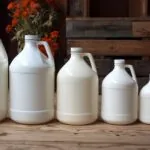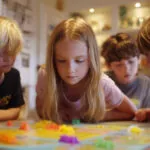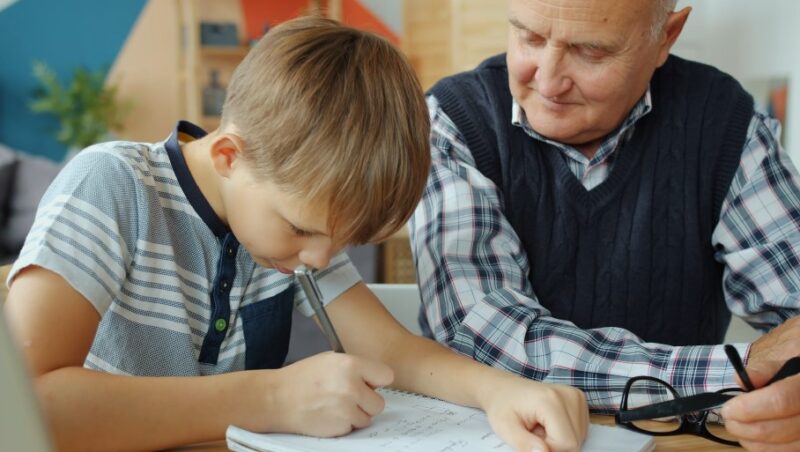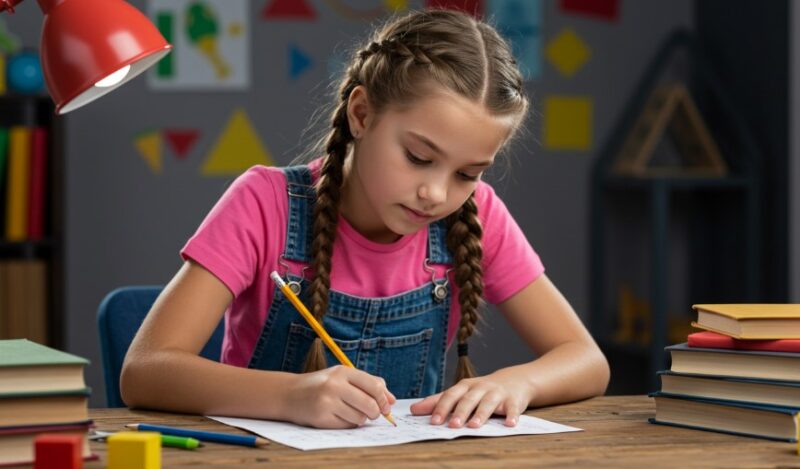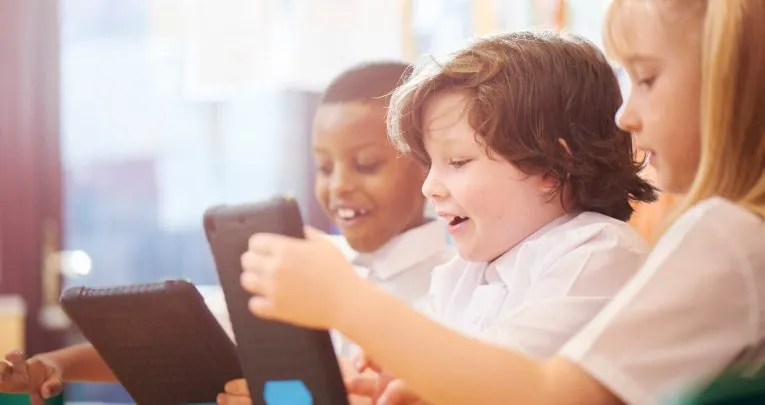
Share Post:
When I was in Year 6, fractions seemed like an impossible puzzle. I remember sitting in class, staring at the fractions on the board, feeling overwhelmed. That changed when our teacher introduced games and hands-on activities. If you want to make early math fun and engaging, try this playful quiz for 6-year-olds and see how well you do!
Suddenly, fractions were no longer scary. They became a part of our playtime, making learning fun and intuitive.
Inspired by my experience, I’ve compiled a list of fun activities to help students learn these. These activities use everyday items, making it easy to bring the fun of fractions into any home or classroom.
Table of Contents
Toggle1. Pizza party
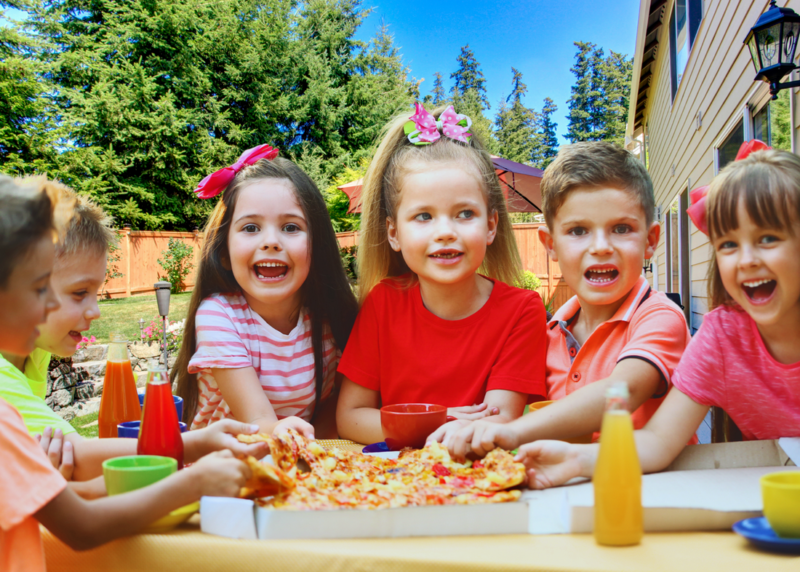
Picture a classroom filled with excited students, each holding a paper plate, eager to craft their fraction pizzas.
Using colored paper cutouts as toppings, they divide their pizzas into halves, thirds, and quarters, arranging pepperoni, mushrooms, cheese, and other ingredients to match the fractions they write down.
- Each student starts with a paper plate representing a whole pizza.
- They decide how many equal slices to create—halves, thirds, quarters, or even sixths.
- Using construction paper or stickers, they decorate sections with different toppings.
- They label each section with the correct fraction, reinforcing the connection between numbers and portions.
Why It Works:
- Instead of just seeing fractions on paper, students physically create and manipulate them.
- The colorful toppings help reinforce numerical concepts.
- Challenge some students to create mixed numbers or compare different fractions.
- Kids love designing their pizzas, making math feel more interactive.
For students who grasp the basics quickly, introduce an extra challenge: have them convert their fraction pizzas into decimal or percentage equivalents. Adding an element of friendly competition, such as a “most creative pizza” contest, can also boost enthusiasm.
For more tips on how to help year 6 students, check out our other article.
2. Bingo
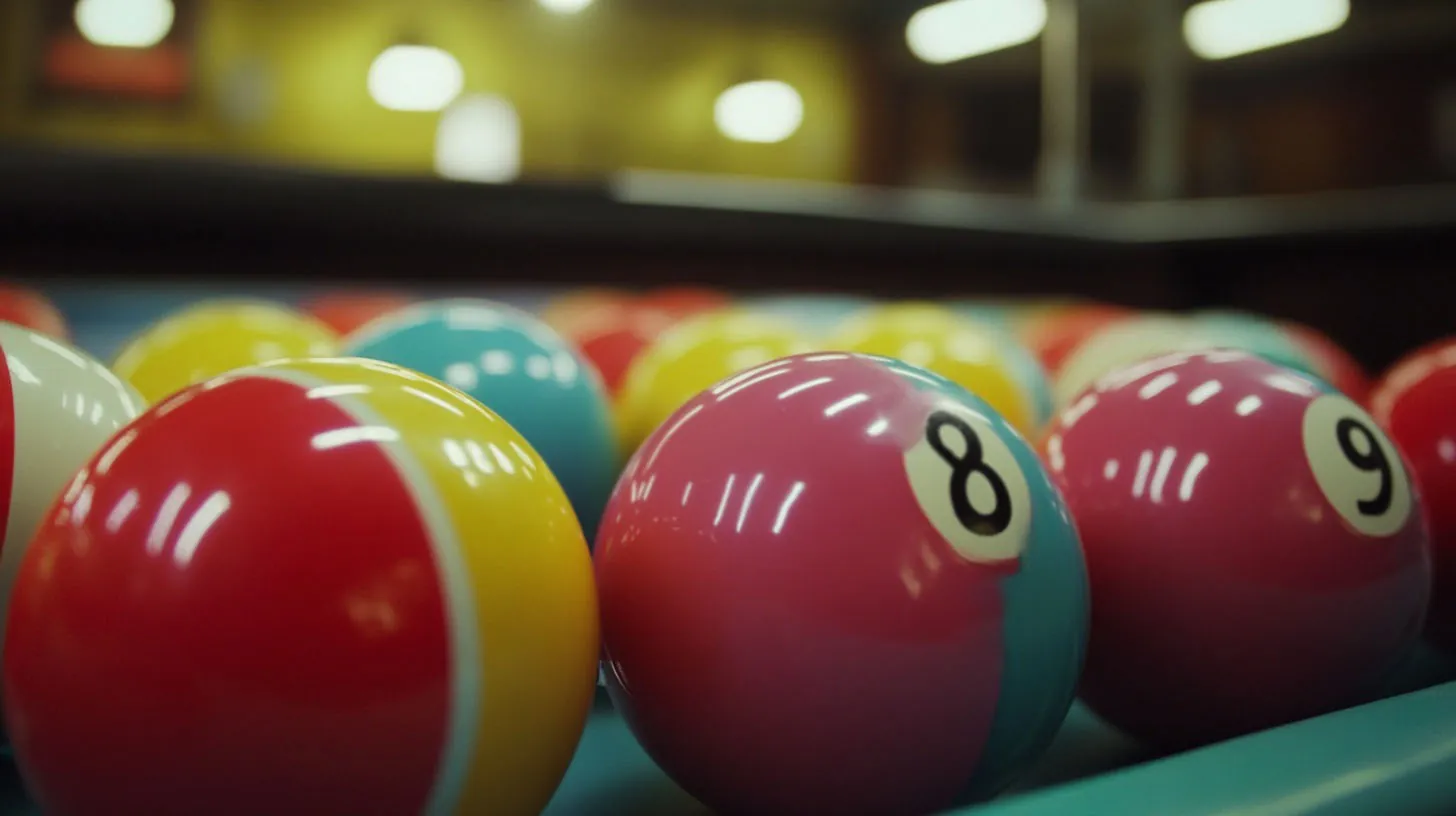
Bingo takes on a mathematical twist when fractions replace traditional numbers.
Each student receives a Bingo card filled with fractions, and the teacher calls out different values. Instead of simply marking numbers, students must quickly recognize and match fractions on their cards.
The first to complete a row, column, or full card shouts “Bingo!” and wins the round.
- Each student receives a Bingo card featuring fractions in each square.
- The teacher randomly calls out fractions, mixed numbers, or equivalent values (e.g., “one-half” instead of “½”).
- Players check their cards and mark any matching fractions.
- To add a challenge, require students to simplify fractions before marking them.
- The first student to complete a winning pattern (row, column, diagonal, or full card) wins the round.
Why It’s Effective:
- Players must process fractions fast to stay competitive.
- Seeing fractions in a fun format strengthens familiarity.
- Challenge students to convert improper fractions or simplify before marking squares.
- The thrill of competition keeps students actively participating.
Ways to Modify the Game:
- Use visual fraction representations (such as circles or bars) instead of written fractions.
- Introduce word problems that students must solve before marking their cards.
- Give bonus rounds where students must explain how they matched a fraction.
Fraction Bingo turns number practice into an exciting game, making students eager to participate while reinforcing important concepts in a lively setting.
3. Relay race
Get ready for a fast-paced, high-energy math challenge! The Fraction Relay Race combines movement, teamwork, and problem-solving to make fractions more engaging.
Students work together in teams, running to designated stations, solving fraction problems, and passing the baton to the next teammate.
The more correct answers they get, the further their team progresses in the race.
- Set up multiple stations around the classroom, gym, or playground, each with a different fraction-related problem.
- Divide students into teams and give each team a baton.
- The first player runs to the first station, solves the fraction problem, and if correct, moves forward.
- They pass the baton to the next teammate, who continues the process at the next station.
- The first team to complete all the stations wins!
Why It Works:
- Encourages movement – Ideal for students who learn best while being active.
- Promotes teamwork – Students must collaborate to solve problems and support each other.
- Adds excitement – The race format makes fractions feel like a game rather than a lesson.
- Reinforces math skills – Repeated practice under time pressure improves confidence and speed.
To increase the challenge, mix in different types of fraction problems:
- Comparing fractions – Which is greater: 3/4 or 5/8?
- Adding and subtracting fractions – Solve 1/2 + 1/4.
- Converting mixed numbers – Change 2 1/3 into an improper fraction.
This activity is perfect for active students who need to move around while they learn. It promotes teamwork and communication as students work together to solve fraction problems and finish the race. The excitement and competition make fractions more fun and memorable.
4. Paper plate fractions
Paper plates can transform into powerful math tools with just a few simple steps.
By drawing lines on them to divide them into halves, thirds, quarters, or even eighths, students get a clear visual of how fractions fit into a whole.
Once they cut along the lines, they can physically manipulate the pieces to solve problems, compare values, and interactively explore fraction operations.
- Each student receives a paper plate and a marker.
- They draw lines to divide the plate into equal sections (halves, thirds, fourths, etc.).
- After cutting along the lines, they mix and match pieces to form different fractions.
- They use their fraction pieces to solve problems involving equivalency, addition, and subtraction.
For a more hands-on way to visualize fractions and place value, you can also check out Base 10 Blocks, which can help reinforce these concepts with a physical, interactive approach.
Why It Works:
- Physically cutting and moving fraction pieces reinforces key math concepts.
- Students see how different fractions relate to each other and form a whole.
- Once created, the fraction pieces can be used for multiple activities.
- Adjust the complexity by introducing improper fractions, mixed numbers, or fraction multiplication.
For an extra challenge, students can label their fraction pieces with decimal and percentage equivalents or use them in small group activities to compare different values.
The simplicity of this setup makes it a go-to activity that keeps students engaged while strengthening their fraction skills.
5. Memory match
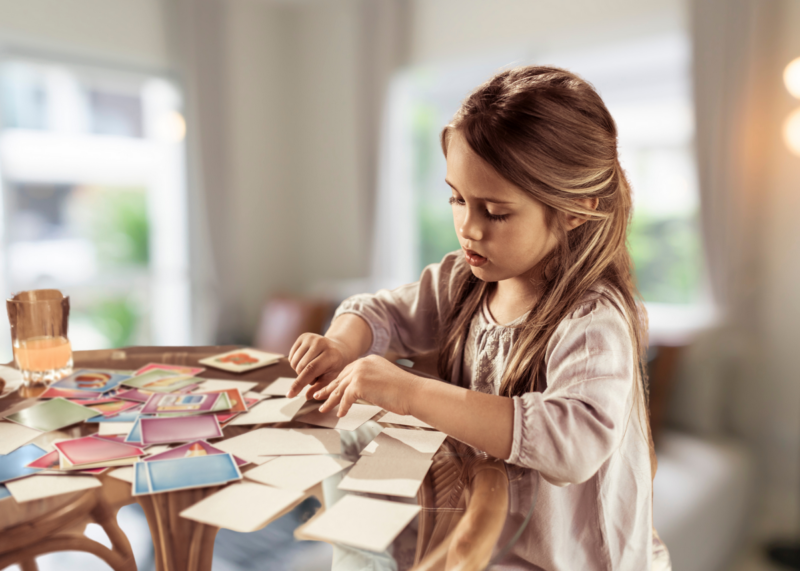
Fraction Memory Match is an engaging game that strengthens memory skills while reinforcing fraction concepts.
With just a simple set of fraction cards and their visual representations, students gain a stronger grasp of equivalent fractions in a way that feels like play rather than a typical math lesson.
- Prepare a set of cards with written fractions (e.g., 1/2, 3/4, 2/3) and matching cards with visual representations (like a picture of a pizza split in half or a shaded fraction bar).
- Shuffle and place all the cards face down.
- Students take turns flipping over two cards at a time, aiming to find the matching fraction and visual representation.
- If they get a match, they keep the pair; if not, they turn them back over and let the next player try.
- The game continues until all pairs have been matched.
Why It Works:
- Kids see fractions in multiple formats, reinforcing the connection between numbers and real-world applications.
- The game requires concentration and recall, making learning fractions feel more interactive.
- Whether played solo, in pairs, or small groups, it keeps students engaged.
- Start with simple fractions like 1/2 or 1/4, then introduce more challenging ones such as 5/8 or improper fractions.
- Once created, the fraction cards can be used repeatedly for practice.
For an extra challenge, consider adding decimal equivalents or percentage cards to help students make connections across different math concepts. A timed version can also add excitement, pushing students to sharpen their skills even further.
6. Cooking class
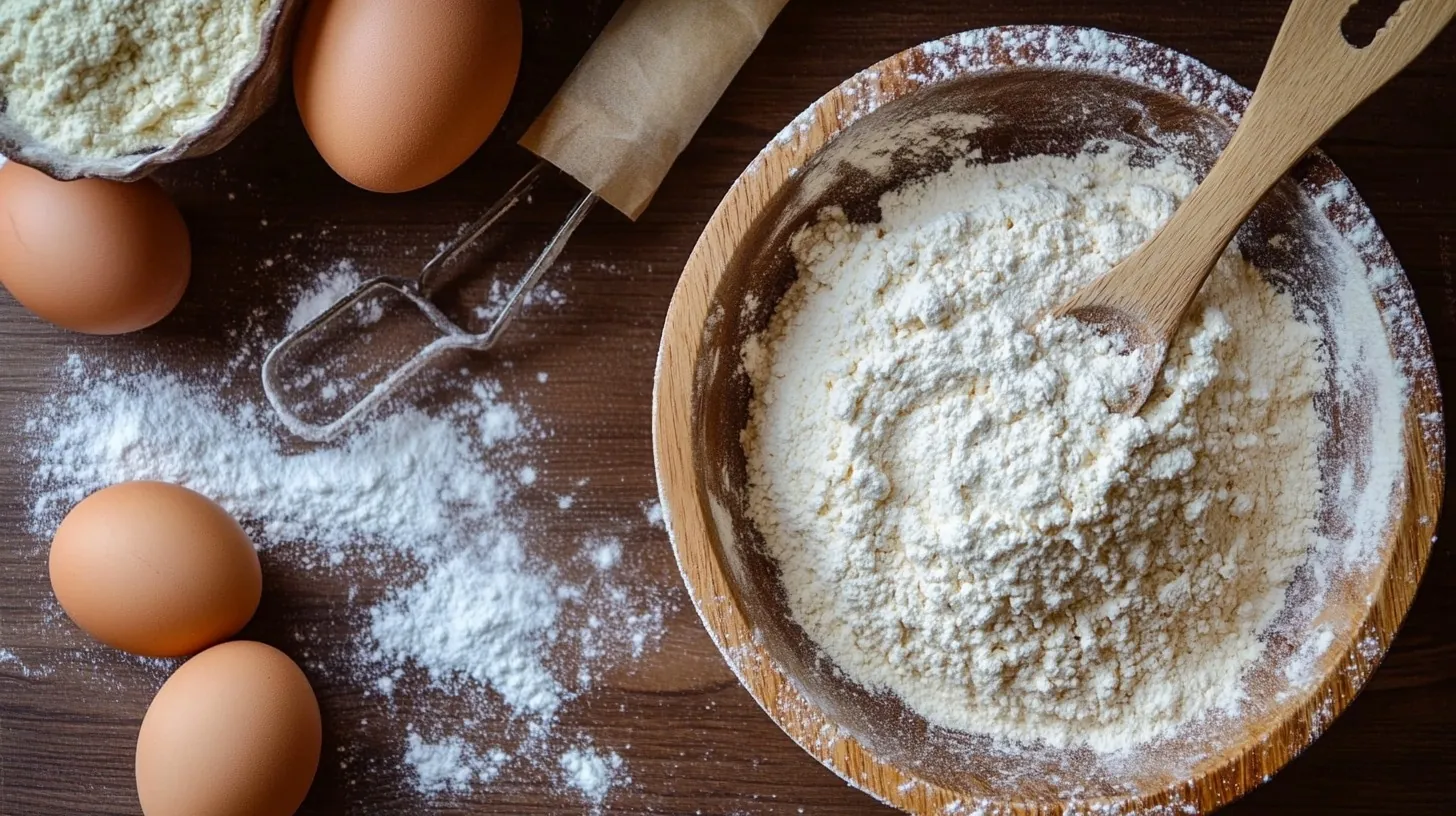
A Fraction Cooking Class gives students a real-world way to work with fractions while making something tasty.
By following a simple recipe, like cookies, pancakes, or a cake, students measure ingredients using measuring cups and spoons, reinforcing fraction concepts in a practical setting.
- Select a basic recipe that includes fractional measurements (e.g., ½ cup flour, ¾ teaspoon baking soda).
- Provide students with measuring tools, such as cups and spoons, so they can accurately portion ingredients.
- Have them adjust the recipe to serve more or fewer people, introducing fraction multiplication and division.
- Encourage students to compare different measurements—such as how many ¼ cups make a full cup, to build fraction fluency.
Why It Works:
- Measuring and pouring ingredients helps students visualize fractions in action.
- Demonstrates how fractions are used in cooking, baking, and food preparation.
- Adjusting ingredient amounts challenges students to think about proportional relationships.
Encourages teamwork as students work together to follow the recipe correctly.
To add an extra challenge, have students work with improper fractions and mixed numbers. For example, if a recipe calls for 1½ cups of sugar, they can measure it using only ¼-cup scoops.
By the end of the activity, students not only gain a stronger grasp of fractions but also enjoy a delicious treat as a reward for their effort.
7. Puzzles
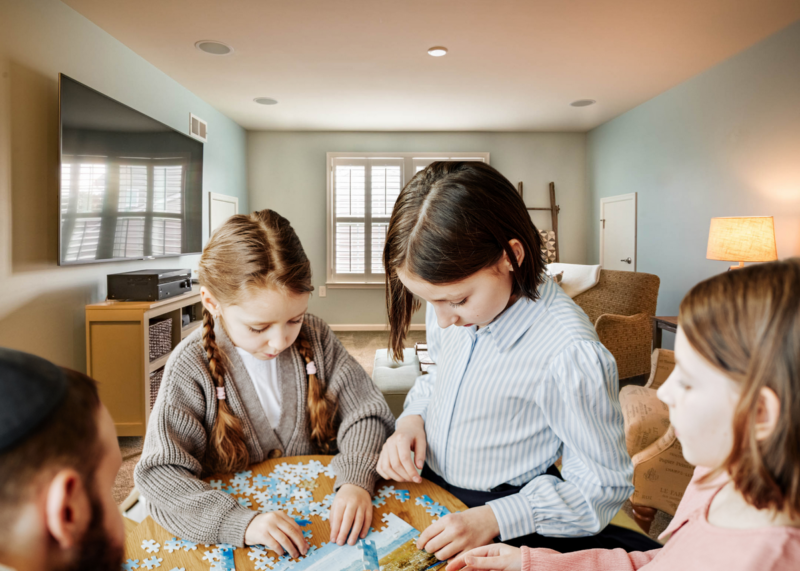
Fraction puzzles offer a dynamic way to engage students in problem-solving while reinforcing fraction concepts.
Instead of simply working through worksheets, students actively match, arrange, and manipulate pieces, strengthening their grasp of fractions and how they relate to one another.
- Prepare puzzle pieces with different fractions written on them. Some pieces should show equivalent fractions, while others should be parts of a whole.
- Students work to match pieces that belong together—such as 1/2 + 1/2 = 1 or 2/4 = 1/2—to complete the puzzle.
- Some puzzles can require students to combine multiple pieces to form a whole, while others may focus on ordering fractions from smallest to largest.
- You can introduce a challenge by including mixed numbers or improper fractions to encourage deeper thinking.
Why It Works:
- Students analyze relationships between fractions instead of just memorizing them.
- Manipulating puzzle pieces makes the concept more concrete and memorable.
- Adjust complexity based on skill level, from simple fraction matching to more advanced equivalencies.
- Working in pairs or small groups fosters discussion and teamwork.
To add variety, consider turning the activity into a race where students compete to solve their puzzles the fastest or challenge them to create their fraction puzzles for their classmates to solve.
The possibilities are endless, making this an engaging way to reinforce key fraction concepts.
8. Online games

Online fraction games combine technology with hands-on learning, making them a great option for students who enjoy digital activities.
With a variety of interactive challenges, these games help reinforce fraction concepts in a way that feels more like fun than work.
- Unlike worksheets, digital games provide immediate responses, allowing students to correct mistakes on the spot.
- Many games adjust based on the student’s skill level, ensuring they stay challenged without feeling overwhelmed.
- Scoring points, earning rewards, and progressing through levels keep students motivated.
- Activities often involve real-world fraction applications, such as slicing virtual pizzas, measuring ingredients for a recipe, or dividing treasures into equal parts.
Types of Fraction Games to Try:
- Games that ask students to match visual representations with numerical fractions.
- Interactive puzzles that involve adding, subtracting, multiplying, and dividing fractions.
- Challenges where students order or compare fractions using number lines or pie charts.
- Virtual cooking games where players adjust ingredient amounts based on fraction measurements.
These activities can be used for independent practice, homework assignments, or group competitions in the classroom.
With so many educational platforms offering free and paid options, finding an engaging game tailored to a student’s needs is easier than ever.
The instant feedback helps students learn from their mistakes and improve their skills, making these games a valuable tool for fraction practice.
The Bottom Line
Learning fractions and mixed numbers doesn’t have to be boring. With the right activities, it can actually be a lot of fun.
By using games and hands-on experiences, we can make these math concepts easier and more enjoyable for Year 6 students.
Related Posts:
- How to Teach Addition to a 7-Year-Old – Games and…
- Fun Fractions - How to Make Math Easier for Kids Age 9+
- 9 Fun Math Games Inspired by Real Sports That Teach…
- How Regular Practice Helps Students Overcome Math Anxiety
- 10 Tips to Help Year 6 Students Understand Place Values
- Natural Numbers - Definition, Properties, and Examples






